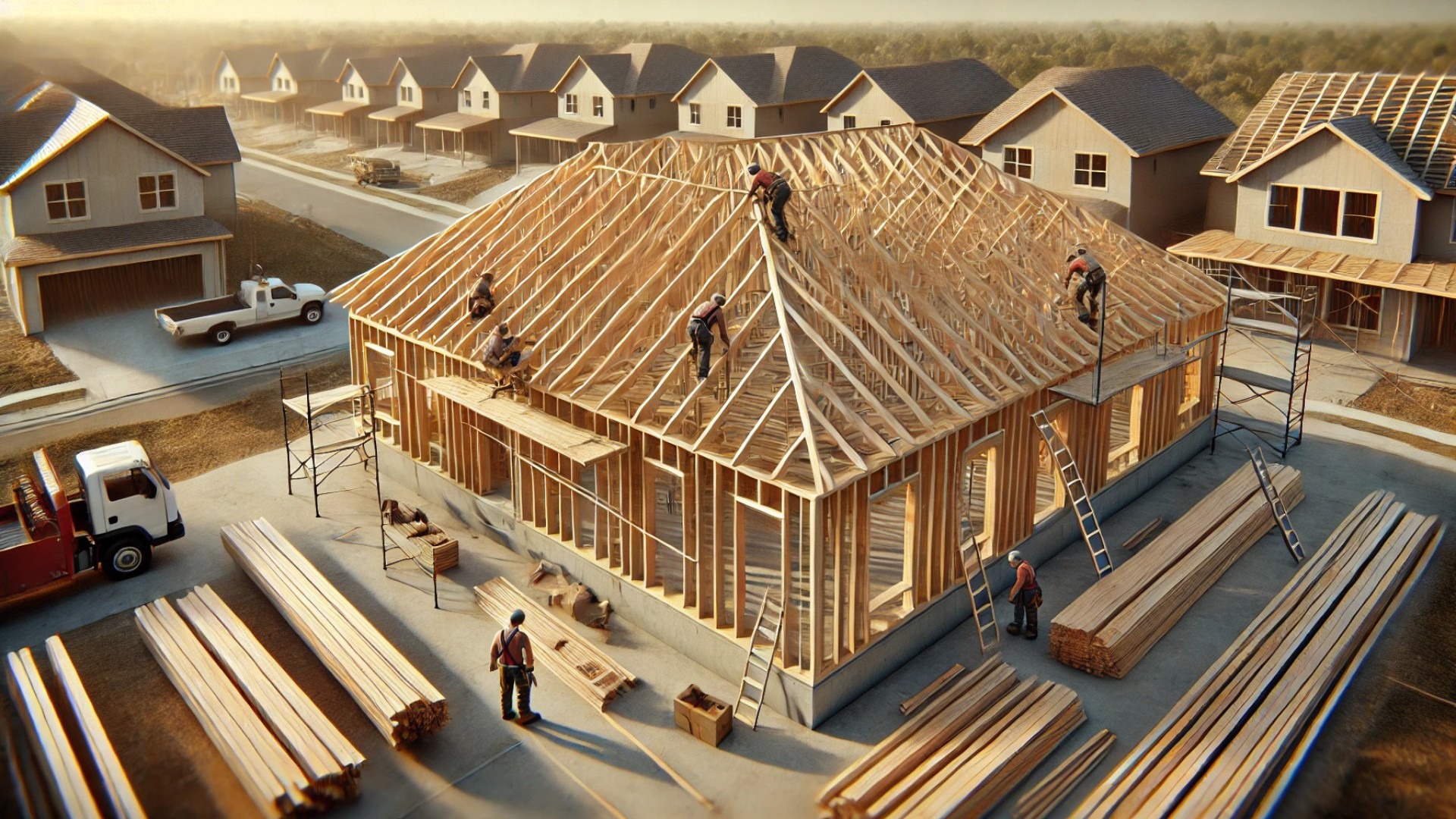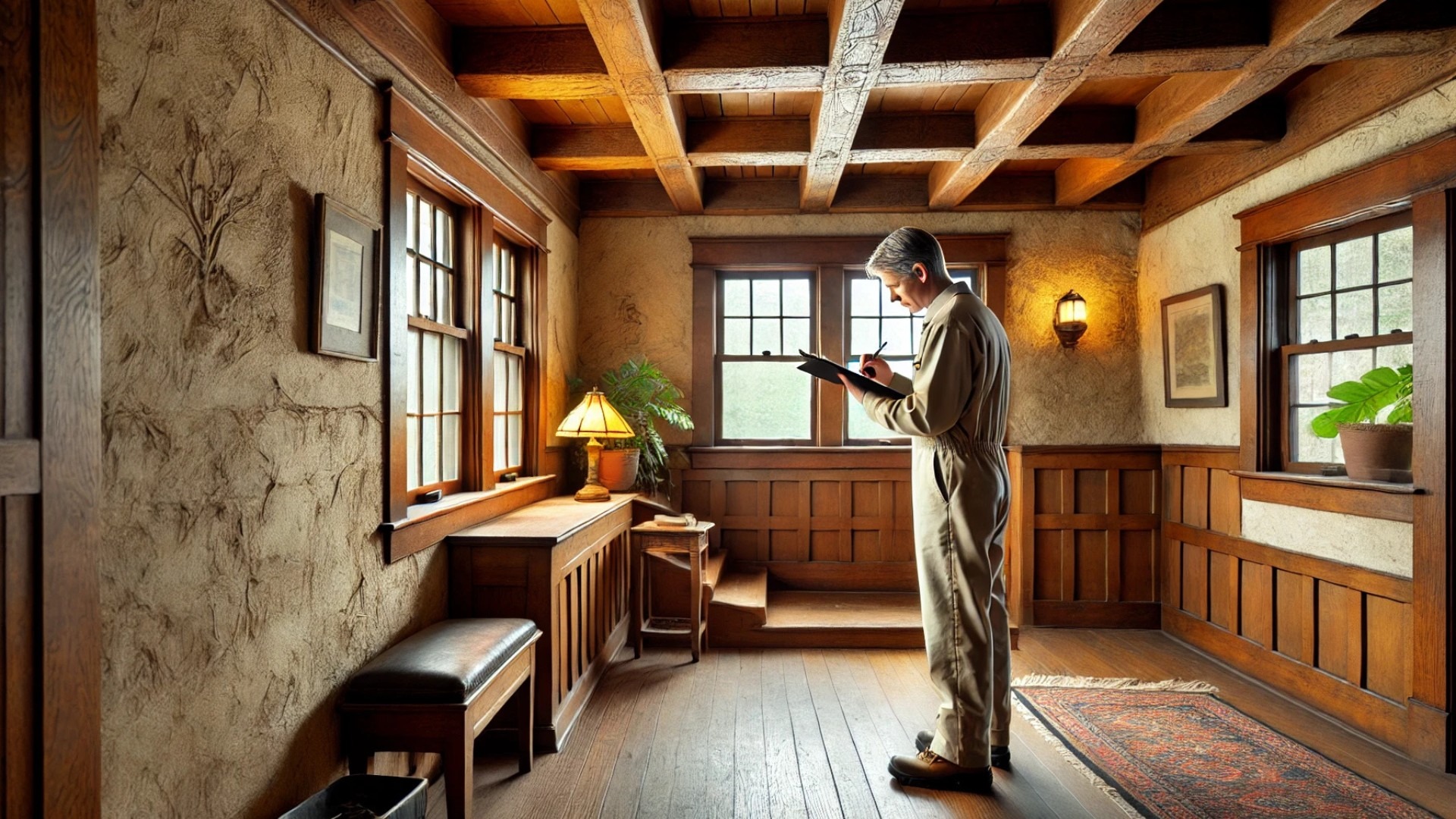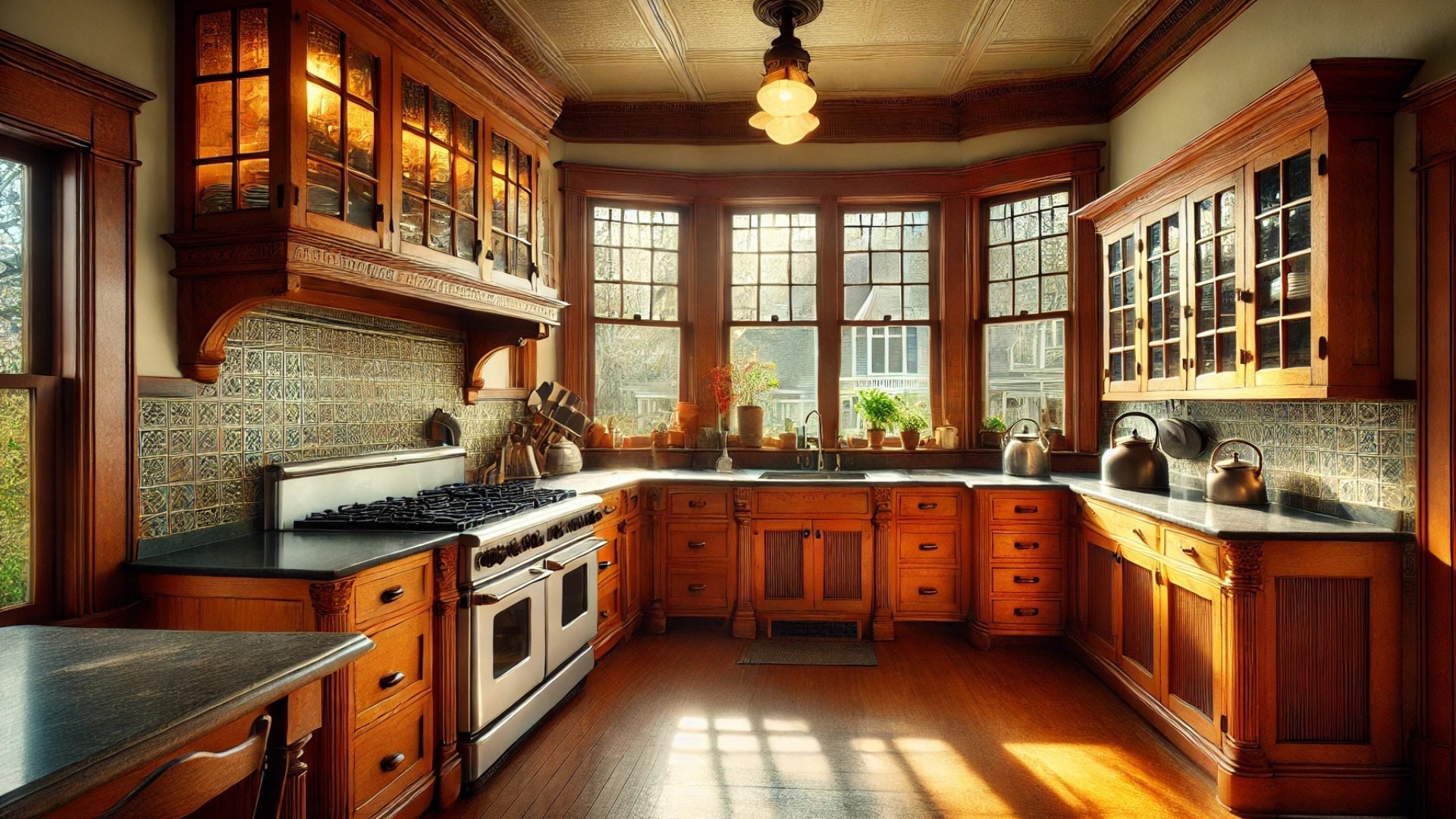
Ensuring Safety with Truss Installation: A Detailed Guide
The importance of a well-structured roof cannot be overstated, especially for new builds facing harsh weather conditions. Trussed rafters offer significant benefits, including swift assembly and structural efficiency. Their advantage in commercial construction has fueled a preference among builders, ensuring reliability while adhering to current regulations. Yet, with these advantages comes the pressing need for safe and effective installation practices.
Understanding the Role of Trussed Rafters
Roof trusses do more than just support; they play a crucial role in the air circulation, insulation, and overall climate of a home. No one wants an overheated attic, especially in summer, where heat can accumulate and create discomfort. Trussed roofs allow for the proper management of airflow, which helps maintain a balanced climate indoors. For those sensitive to warmth while sleeping, aesthetics can complement functionality. As you bed down in an upper-floor retreat, consider how your bed and room design aspects work hand-in-hand with the dynamics of your trussed roof.
Ten Steps to Ensure Safe Truss Installation
Let’s delve into the ten foundational steps essential for proper truss installation:
Check Wall Plate Level: Make sure wall plates are level and secured to load-bearing walls. Mark where the trusses will sit on both wall plates for accuracy.
Lift the First Truss: Preferably use mechanical means to lift the first truss into position in the vertical plane, aligning it with the end of the rafter diagonal bracing.
Align the Second Truss: Ensure that the production face of the second truss matches the first one, using the markings. Temporary horizontal bracing will stabilize both trusses.
The Third Truss is Key: As you place the third truss, check for vertical alignment once more and attach it securely to your bracing system.
Brace Your Trusses: Install permanent diagonal braces at a 45-degree angle to provide maximum stability. Use defect-free timber for the best results.
Final Touches on Longitudinal Bracing: Don't forget about fixing the remaining longitudinal bracing, which will ensure both sides of the roof are fortified.
Remove Temporary Bracing: With enough trusses in place, safely remove the temporary bracing to allow for further installation.
Fix Remaining Braces: Double-check that all specified diagonal and chevron bracing is securely attached across the roofline.
Inspect Your Work: Go through each truss and brace to ensure nothing is overlooked before finalizing the installation.
Regular Maintenance Checks: It’s crucial to regularly check and maintain the roof system to ensure long-term safety and efficiency.
The Bigger Picture: Importance of Safe Installation
In the world of architecture and design, safety should always be woven into the fabric of creativity. The challenges posed by harsh weather, seismic activity, and time make it vital that builders adhere to best practices. Safe truss installation not only safeguards the structure but ensures the longevity of a building.
Final Thoughts on Truss Installation
Understanding how to properly install trusses is vital for anyone in the construction industry. Those who take the time to learn and implement these ten steps will undoubtedly enhance their skills and ensure safer, more reliable structures. As builders continue to embrace advanced building methods, safety practices must keep pace to protect both builders and homeowners alike.
The journey into creating safe, beautiful spaces starts with the foundation, and truss installation is a key piece of that puzzle. Remember to keep learning and sharing your knowledge, enhancing the construction community overall!
 Add Row
Add Row  Add
Add 

 Add Row
Add Row  Add Element
Add Element 




Write A Comment